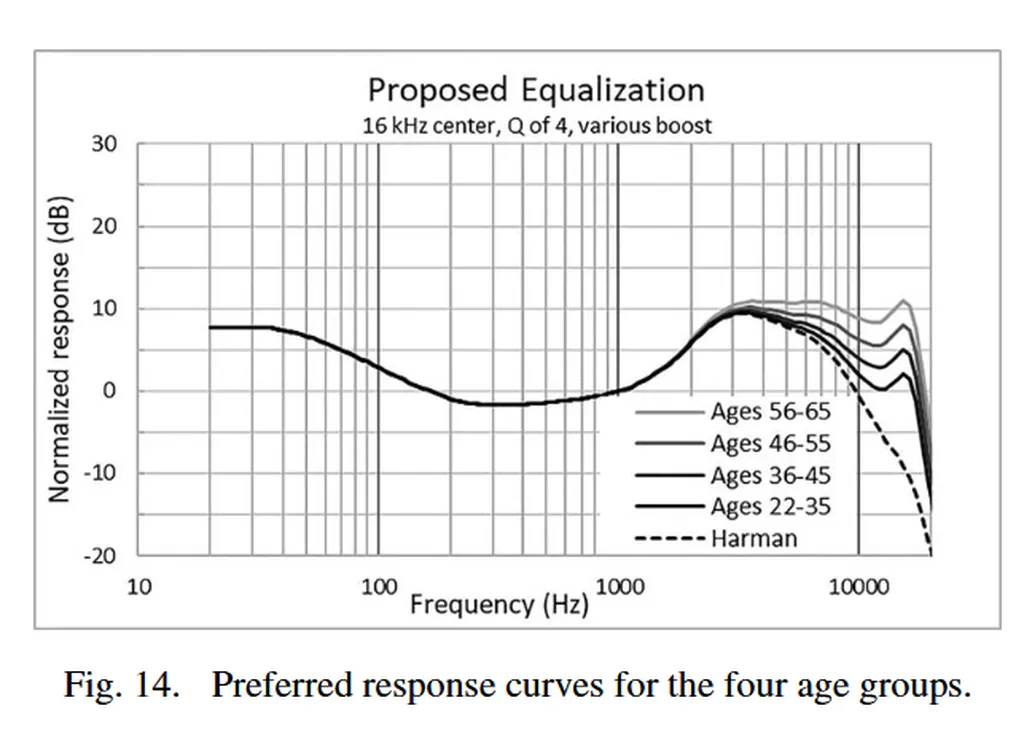In the rapidly evolving landscape of AI technology, a groundbreaking development has emerged that promises to bridge the gap between scientific reasoning and creative industries, including music. A team of researchers, led by Yizhou Wang, has introduced SciReasoner, a scientific reasoning foundation model that aligns natural language with heterogeneous scientific representations. This model is not just another AI tool; it’s a versatile framework designed to enhance cross-disciplinary understanding and application, potentially revolutionizing how we approach music technology.
SciReasoner is pretrained on a massive 206B-token corpus that spans scientific text, pure sequences, and sequence-text pairs. This extensive training allows the model to understand and translate complex scientific concepts into more accessible formats. The model is then fine-tuned via instruction following, chain-of-thought reasoning, and reinforcement learning with task-specific reward shaping. This process instills deliberate scientific reasoning, enabling the model to perform a wide range of tasks across various scientific disciplines.
The model supports four capability families, covering up to 103 tasks. These include faithful translation between text and scientific formats, text and knowledge extraction, property prediction, property classification, and both unconditional and conditional sequence generation and design. This broad range of capabilities makes SciReasoner a powerful tool for cross-disciplinary applications, including music technology.
One of the most exciting aspects of SciReasoner is its potential to influence music production, creative tools, and the music industry. Imagine an AI tool that can translate complex musical theories into practical applications, or generate new musical sequences based on scientific principles. SciReasoner’s ability to understand and translate scientific concepts could lead to the development of innovative music production tools that are more intuitive and accessible to a broader range of users.
Moreover, SciReasoner’s cross-disciplinary approach could foster collaboration between scientists and musicians, leading to the creation of new musical instruments, compositions, and even entirely new genres of music. The model’s ability to predict and classify properties could also be applied to music analysis, helping musicians and producers better understand the emotional and psychological impact of their work.
In conclusion, SciReasoner represents a significant step forward in the field of AI technology. Its ability to bridge the gap between scientific reasoning and creative industries holds immense potential for the future of music technology. As we continue to explore and develop this powerful tool, we can look forward to a future where science and art intersect in exciting and innovative ways. The model, instruct tuning datasets, and the evaluation code are open-sourced at https://huggingface.co/SciReason and https://github.com/open-sciencelab/SciReason, inviting the broader community to contribute and build upon this groundbreaking work.




